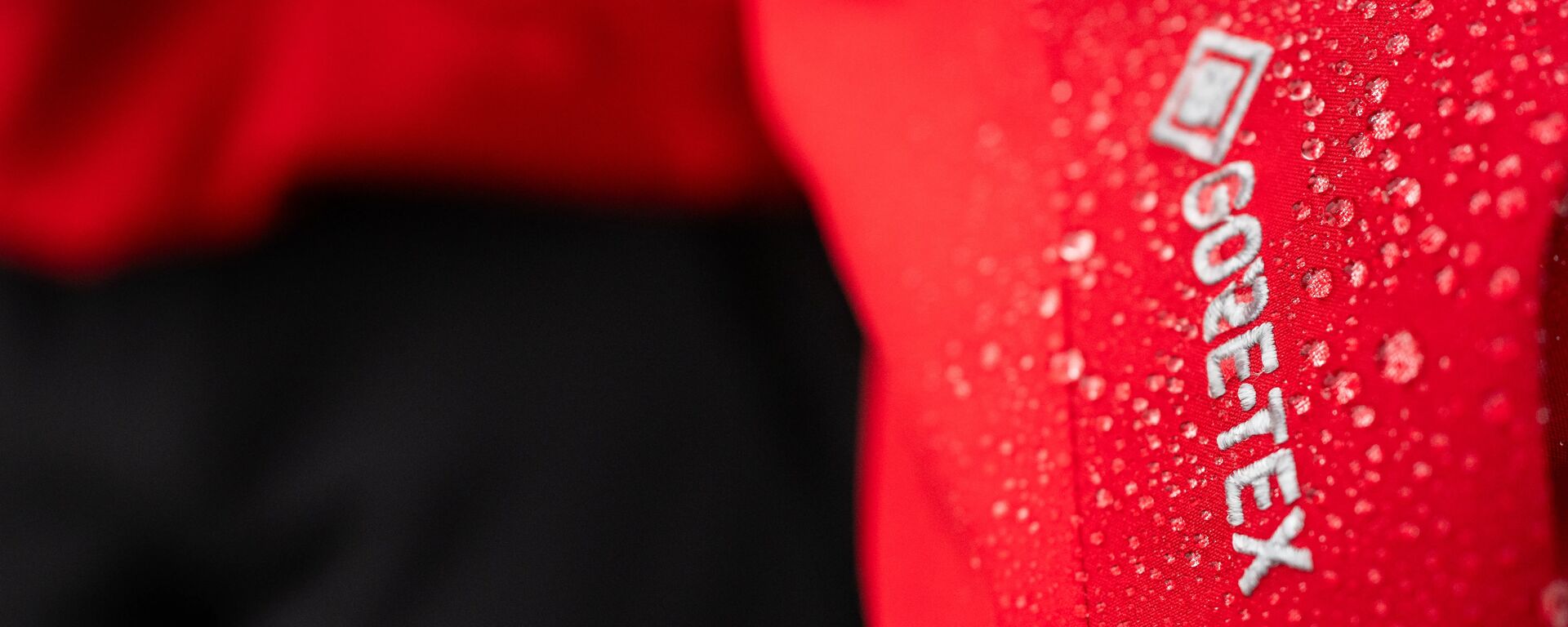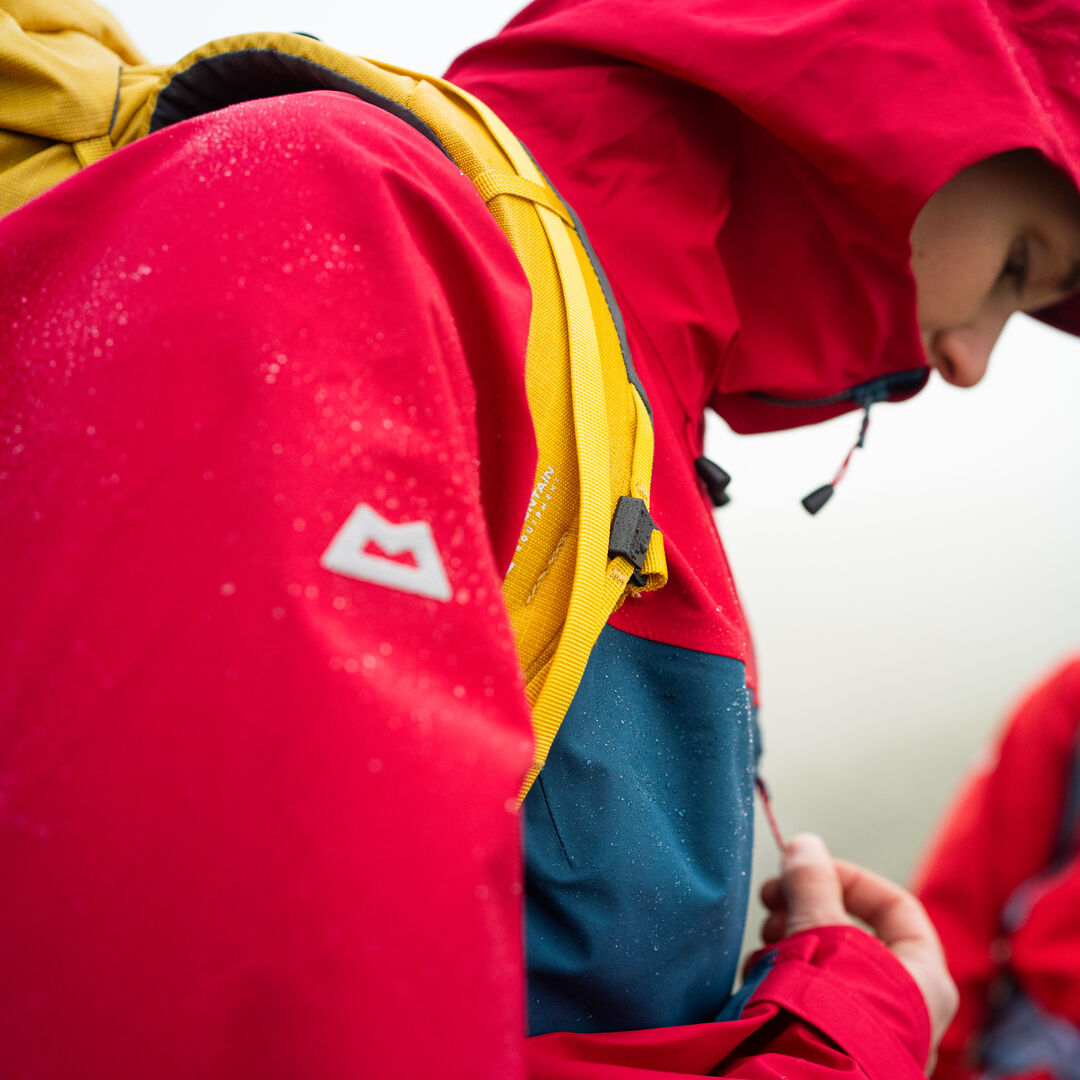Looking After Your PFAS-Free Waterproof Shell

Understanding DWR, Wetting Out, and the Move to PFAS-Free
Ever noticed your waterproof jacket getting soaked on the outside, even though it’s supposed to keep you dry? You’re not alone. As outdoor brands, including Mountain Equipment, transition away from older chemical treatments, more people are seeing changes in how their waterproofs behave. Here’s why that’s happening and how you can keep your gear performing at its best.
What Is DWR? Why It Matters
DWR stands for Durable Water Repellent, a finish applied to the outer fabric of waterproof garments that helps water bead up and roll off. It keeps the fabric from becoming saturated, a process known as "wetting out," and plays a key role in maintaining comfort and breathability. DWR isn’t what makes a jacket waterproof (that’s the job of the membrane underneath), but it helps the garment breathe and dry more effectively.
Why is PFAS Being Phased Out?
For decades, most DWRs were made using chemicals containing PFAS (per- and polyfluoroalkyl substances), a group of synthetic chemicals known for their outstanding water and oil repellency. However, PFAS chemicals are highly persistent in the environment and have been linked to adverse effects on human and ecological health. Globally, regulations are tightening to restrict and eventually ban their use.
At Mountain Equipment, we’ve been working for several years to eliminate PFAS-based treatments across our product range. From the Autumn/Winter 2025 season onwards, all our waterproof garments will use PFAS-free DWRs.
What’s Different About PFAS-Free DWRs?
PFAS-free DWRs are just as effective at repelling water when new. But they are more susceptible to contamination from dirt, sweat, and abrasion. That means they may lose their effectiveness more quickly and require more frequent care and maintenance.
This shift doesn’t mean your jacket is no longer waterproof. The membrane inside still blocks water as it always has. But without a functioning DWR, the outer fabric can wet out, reducing breathability and comfort.
How to Know When Your DWR Needs Attention
- Water no longer beads on the surface
- Dark, soaked patches appear in high-wear areas like shoulders or sleeves
- The fabric feels clammy, heavy, or takes a long time to dry
These are signs that the DWR has worn off and needs reproofing.
Restoring Performance Is Simple
The good news? It’s easy to restore water repellency at home:
- Wash your garment using a specialist cleaner (never household detergent)
- Reproof using a PFAS-free product such as Grangers Wash + Repel 2-in-1
- Follow garment care instructions – some products work best when heat-activated in a tumble dryer
We also offer a professional Wash & Repair Service for UK-based customers, making it even easier to keep your gear in top condition.
A New Standard in Outdoor Gear
The move to PFAS-free DWRs is part of a necessary industry-wide shift toward more responsible material choices. With a little extra care, your waterproof kit will continue to perform at its best, season after season.








